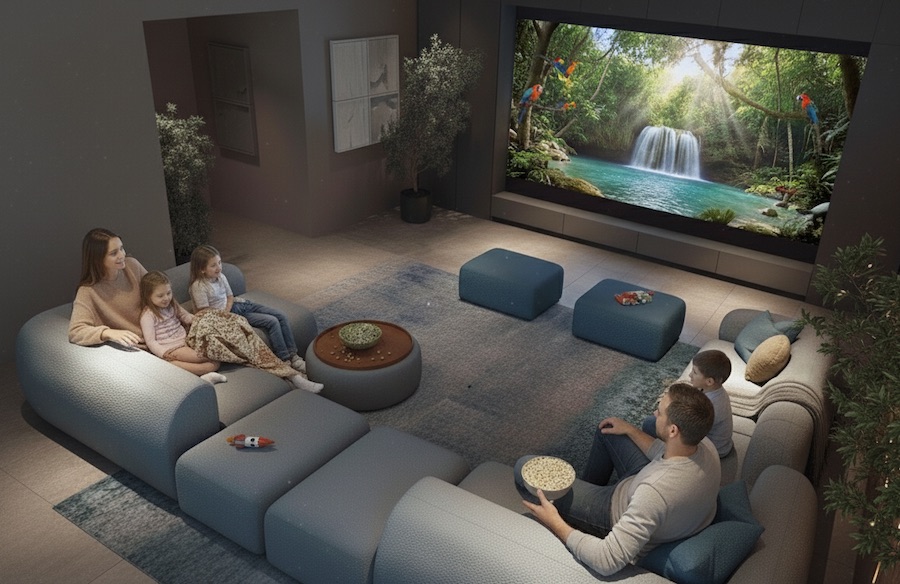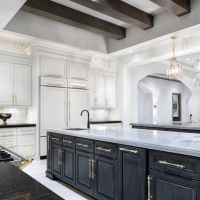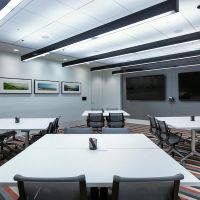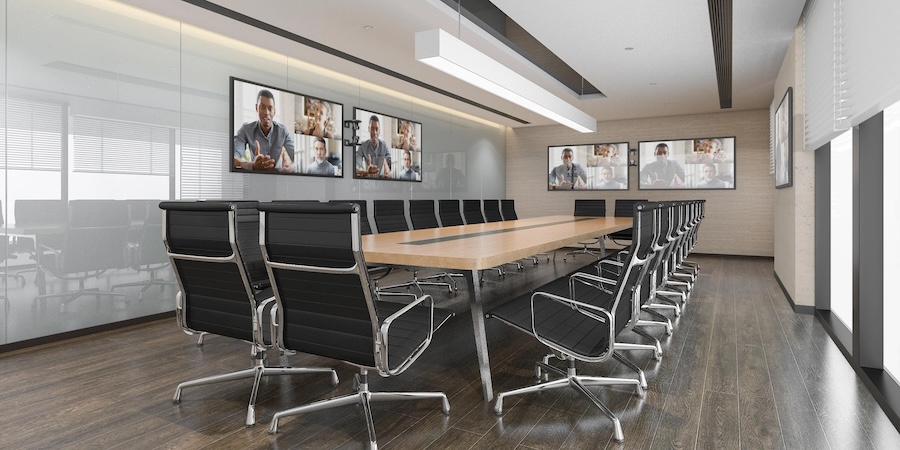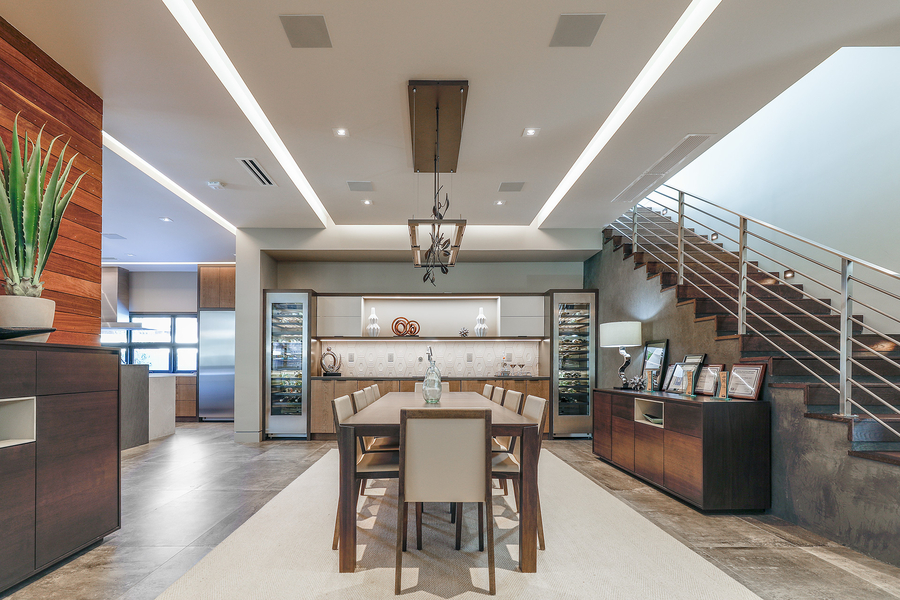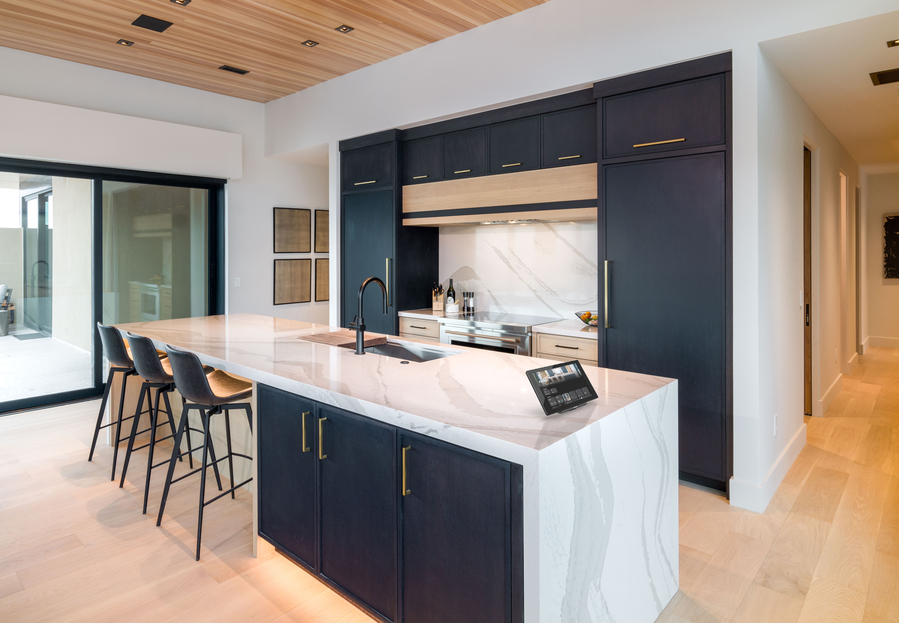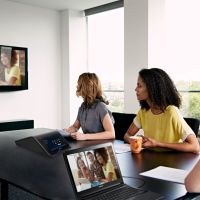What Everyone Gets Wrong About AV in Shared Spaces
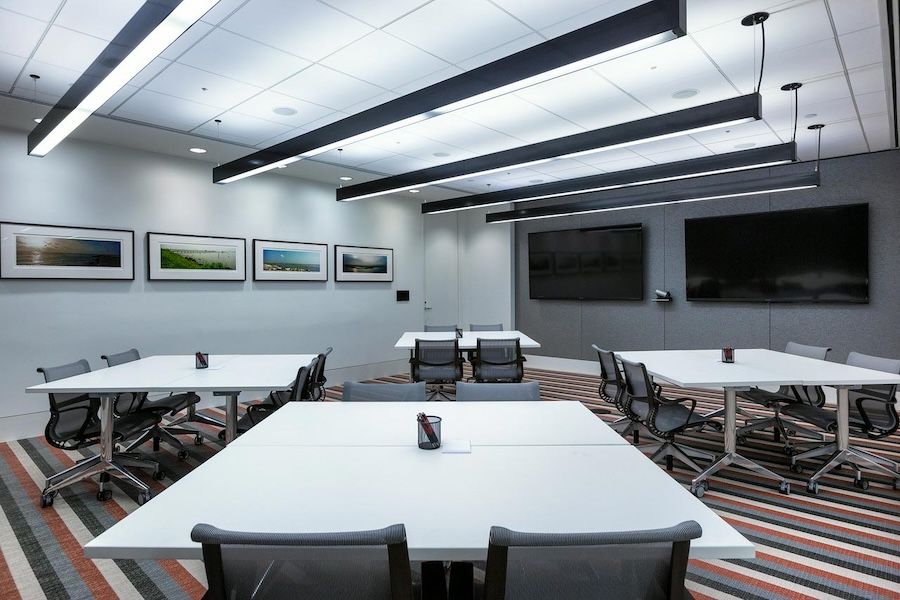
5 Common Oversights and a Smarter Approach for High-Performance Amenity Areas
Shared spaces carry weight by representing your brand and setting the tone for guests. They really can shape everyday experiences for employees or residents.
Yet in many buildings, AV design in lobbies, lounges, fitness centers, and conference rooms feels like an afterthought. Screens are too small, audio bounces unpredictably, and control systems are frustrating to use.
These issues don’t stem from evil intent; they stem from treating AV like furniture. Plug it in, place it somewhere, and move on doesn’t work with technology because it requires its own design discipline. Sound carries, and sightlines matter. Technology systems need to adapt to how people actually use the shared space.
At Refined Systems, we see these patterns in many of our commercial projects. Below, we cover what usually goes wrong and what to do instead. Keep reading!
MORE FOR BUSINESS: Automation Impacts Work Productivity and Collaboration
1. Speaker Placement Without Acoustic Planning
Sound doesn’t stay where you put it. A single in-ceiling speaker in a large lobby rarely fills the space evenly. Volume fluctuates, and guests near the source hear every detail, while others catch muffled fragments.
Clever AV design starts with acoustic behavior. Sound should stay balanced across the entire area. In shared zones, distributed audio systems work best. Add more speakers at lower volumes and spread them strategically throughout the space so the audio feels natural, rather than overpowering or patchy.
2. Undersized Displays in Large Rooms
TVs in shared areas, such as amenity centers, often end up being sized for a residential den, not a room built for 20 or more people. When the screen is too small, people lose interest. When it’s poorly placed, no one gets the ideal experience.
Room dimensions, viewing angles, and lighting conditions determine screen size and placement. In fitness centers or multi-purpose lounges, content should feel present: visible without effort, vibrant under various lighting conditions, and sized to engage a group.
3. No Zone Control
Shared spaces serve different purposes at different times. A single fixed setup limits flexibility, forcing facility managers to manually adjust settings or leave confusing directions—or worse, leaving the system static and unchanging, regardless of the occasion.
Multi-zone systems solve this. Audio and video can follow schedules, change with occupancy, or respond to events. In one room, background music plays softly. In another, a TV shows updates or community content. One-touch control makes it easy to adjust on the fly.
4. Unintuitive Control Systems
A great AV system won’t help if no one knows how to use it. In shared environments, staff turnover, guest use, and frequent schedule changes demand control systems that require minimal training.
Touch panels with labeled presets, mobile access for staff, and automated responses to occupancy sensors simplify everything. You eliminate guesswork and reduce the need for support calls.
5. Ignoring the Visual and Acoustic Environment
Bright spaces with hard surfaces pose challenges to audio and video. Sound reflects. Screens glare. If you don’t design around the space, performance suffers.
Shading, acoustic treatments, and smart lighting integration help AV systems function more effectively. In a glass-walled fitness studio, automated shades can reduce glare during mid-day classes. In an echo-prone lounge, hidden acoustic panels improve music clarity and reduce voice fatigue.
Shared Space AV Planning Checklist
Use this checklist to assess your shared spaces:
- Are screens large enough and positioned for comfortable group viewing?
- Does the sound coverage feel balanced, or do some areas sound louder or quieter than others?
- Can staff easily control lighting, audio, and video without needing IT support?
- Are different zones adaptable to different uses, such as music, announcements, and video?
- Do acoustics or lighting conditions affect how AV performs during key times?
- Have the systems been updated to meet current user behavior and expectations?
Smart Spaces Start with the Right Plan
AV in shared spaces should elevate daily experiences—not frustrate them. When planned with care, these systems enhance communication and improve ambiance, further supporting the activities that make a building thrive.
Reach out to Refined Systems to evaluate your shared areas. Let’s design technology that fits the space, respects your users, and performs consistently.
